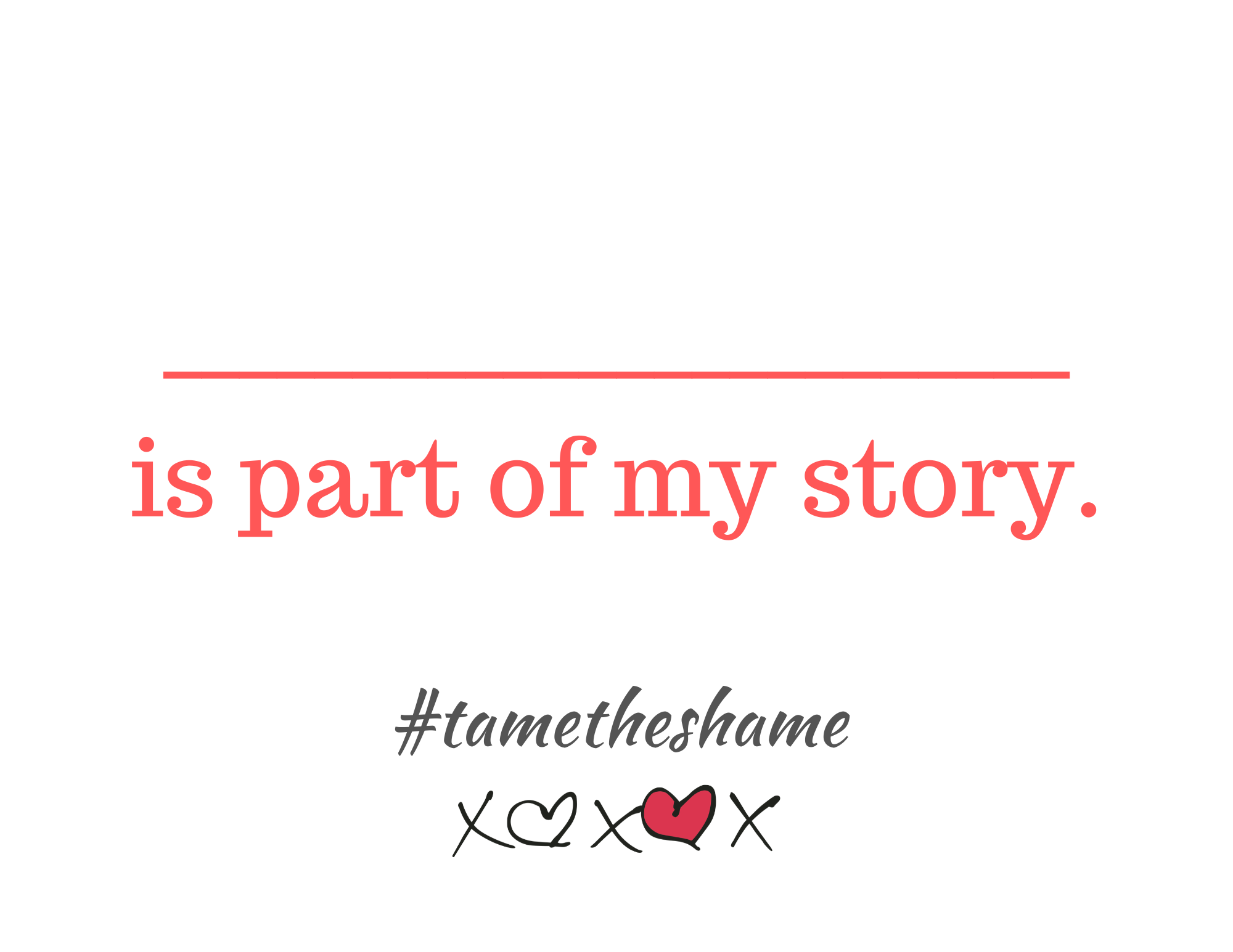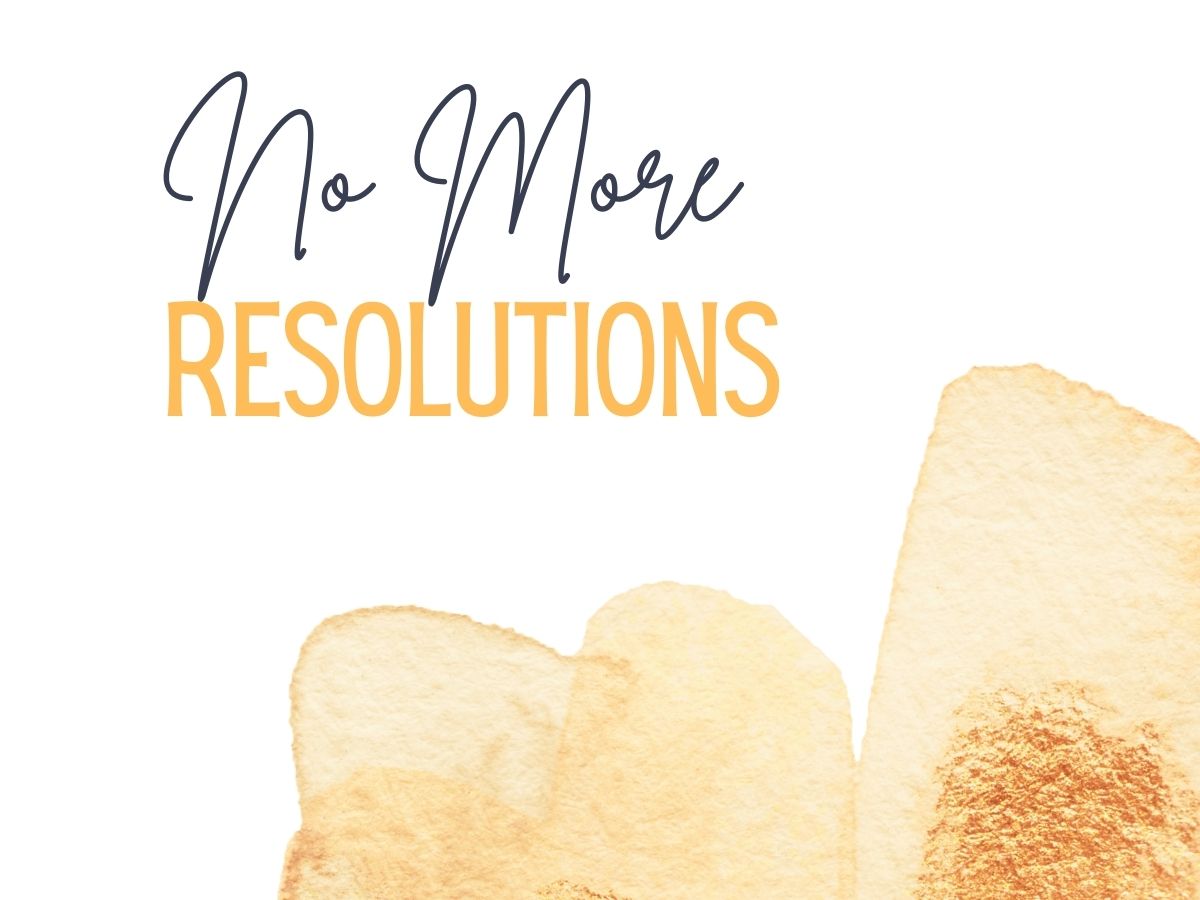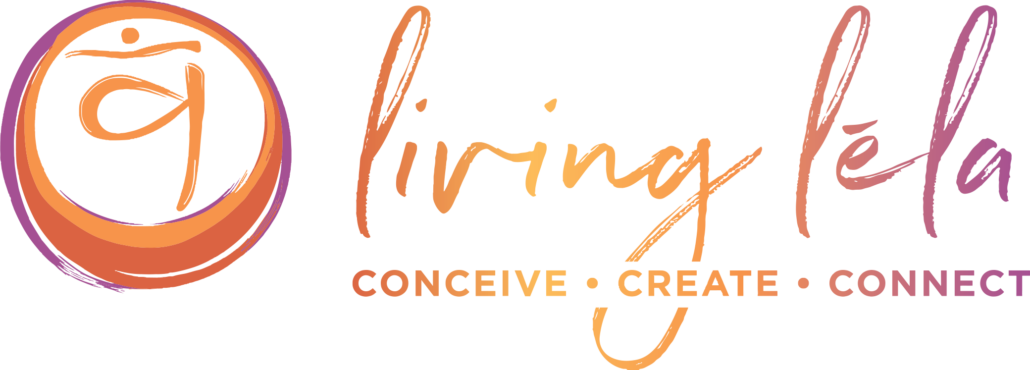Release the Shame of Infertility
The #shameofinfertility, its challenges, and pregnancy loss/miscarriage are difficult roads to navigate and can bring about many uncomfortable emotions, including anger, grief, sadness, and shame. How do we begin to release the shame of infertility?
We are on a mission to normalize the conversation around these difficulties and to embrace the concept of being “perfectly imperfect.” The fertility journey can bring with it many reasons to feel broken, alone, less than, guilty, isolated, and much more. So, we want to start a fertility revolution and help pave the way for women and their partners to tame the feelings of shame, and start stepping into a space of peace and joy.
What is Shame?
It is the emotion we feel when we perceive ourselves as “defective/flawed,” “unworthy, “ “unlovable,” “not good enough,” etc. It is “deeper” than the feeling of guilt, which is triggered by being unhappy with our behavior (“I should have been more polite”). With shame, we are attacking our “core self.”
Shame is probably the most painful of all of the “uncomfortable/negative” emotions we experience as humans.
Shame is triggered when we think we “should” be different in some way:
“I should be perfect”,
“I should be smarter”,
“I should be _____________”.
As children, we all heard “shoulds” that helped to shape our self-concept – from parents and siblings, teachers, coaches, media, etc. – but it does not mean these “shoulds” are actually true (or healthy/helpful)!
Shame shows up for everyone…
Here’s the thing: everyone experiences shame at some point in life – but it can present itself in many different ways.
Some people “wear their shame on their sleeve”. You hear them outwardly say things like, “I’m a loser… no good… who would ever love me…” etc. Self-loathing is one of the “unhealthy” manifestations of shame.
Some people look more “neutral” – they may not be aware of their shame or aware of when shame is “driving” their behavior in the moment.
Do you try to hide your flaws? This is another “unhealthy” coping mechanism to escape feeling shameful.
Shame often presents itself in the form of judgment, criticism, and superiority. So when you catch yourself judging or criticizing someone – YOUR shame button has been tripped. This is another “unhealthy” way we express our own feelings of shame.
The Antidote
So what is the antidote when we are feeling ashamed? To practice self-love and compassion.
In Eastern philosophy, we are taught to “move towards” our uncomfortable feelings and learn the lesson(s) being presented, so that we may release/discharge this energy and move forward.
When we choose to escape/avoid (as many do – via denial, substance use, shopping, gambling, emotional eating, overwork, etc.) the shame (or any other uncomfortable emotion) stays trapped in the mind-body system and creates a state of dis-ease. If we do not address this dis-ease, it can then turn into disease (mental or physical).
Learning to face our discomfort and move through it, allows us to regain a state of inner peace, joy, calm, contentment, etc.
What is Tame the Shame Campaign?
Well, there’s a quote from Dan Siegel, MD:
“If you can name it, you can tame it”!!
This phrase parallels the Eastern teachings of cultivating the skill of “mindful space” or the “observer self.” When you can observe yourself having a thought, emotion, or bodily sensation, then there is a part of you “outside” of the person having the thought, feeling, or sensation. This awareness gives you the ability to change your experience and choose new behavior(s)!!
How you can get involved
So, in an effort to “tame the shame,” we are asking folks to have the strength to share their story. This could be in a myriad of ways: maybe you start a blog, attend or lead a support group, share your story with your friends or family, post on social media about what you’re going through…
We know all of these may feel scary. But here’s the thing… being vulnerable is actually a strength and what will set you free!!!
So you decide – share a little or a lot. If you choose to post on social media but don’t show your face or reveal your true identity, that’s okay! Take it one step at a time. But on the other hand, what if you did?
In any case, we invite you to print off the below images (the “perfectly imperfect” and “_____ is a part of my story”) and either hang them up in your home to remind you that we ALL are perfectly imperfect and that our challenges and heartbreaks are only PART of our story. Or maybe you post with these images on social media with the hashtag #tametheshame.
Or perhaps both? Be brave, my sister. We’ve got your back.
Visit our Instagram page and share with us what you are doing to #TametheShame.
If you want to learn more about the ways to navigate hard emotions when trying to conceive, check out this blog, as well as our online courses at soulfulconceptions.com.











